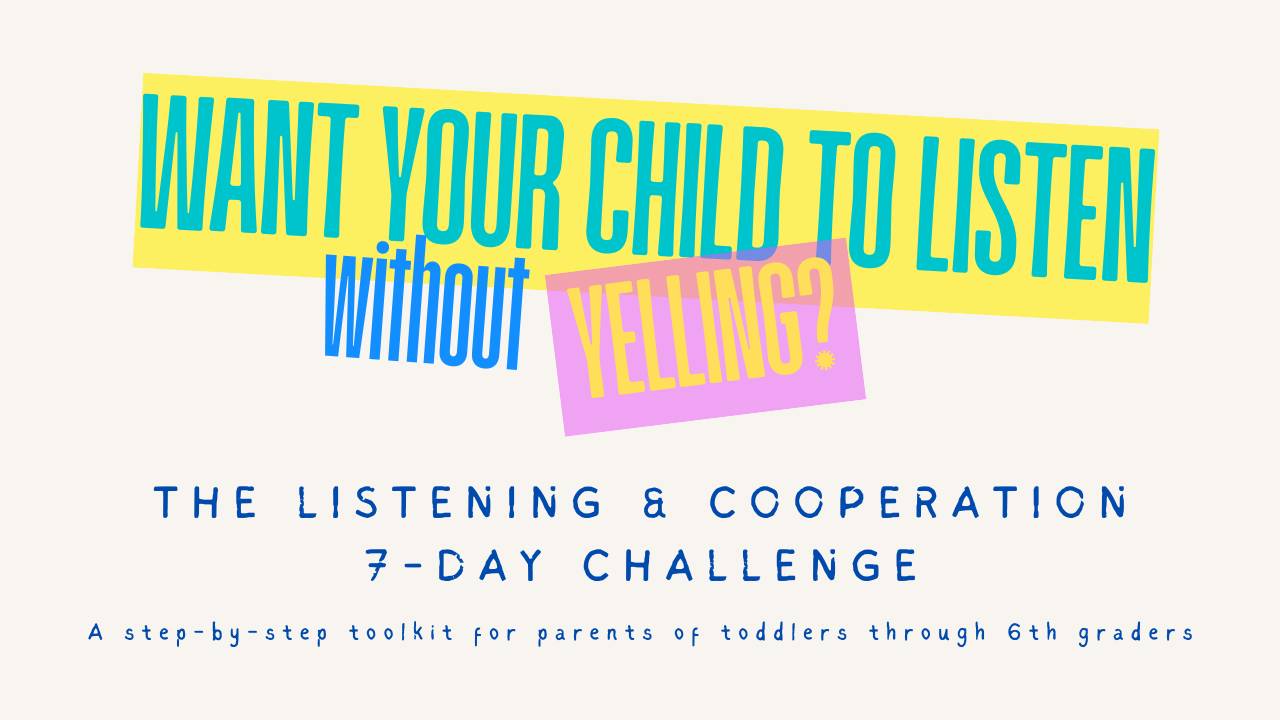Teaching Mands: A Step-by-Step Guide for Parents and Teachers
Jan 23, 2024
Teaching communication skills to young children is a crucial aspect of their early development. One essential communication skill is the ability to express needs and wants, known as manding. In this blog post, we will explore a step-by-step guide for parents and teachers to effectively teach manding to young children.
Step 1: Identify the Need/Want
The first step in teaching manding is to identify the child's needs and wants. Observe the child's behavior and pay attention to cues that indicate a desire for something specific. These cues could include gestures, vocalizations, or even facial expressions. By understanding what the child wants or needs, you can tailor your teaching approach to their individual communication style.
Step 2: Prompt the Mand
Once you have identified the child's need or want, the next step is to prompt the mand. This involves providing support to help the child express themselves. For non-verbal children, this may include using visual cues or gestures. For those with emerging verbal skills, you can model the desired mand and encourage them to imitate. Prompting is crucial in building the child's confidence and helping them understand the connection between communication and getting their needs met.
Step 3: Provide Exactly What They Asked For
When the child successfully expresses their need or want through manding, it's important to reinforce their communication by providing exactly what they asked for. This positive reinforcement strengthens the association between communication and desired outcomes, encouraging the child to use manding more frequently. Be prompt and consistent in delivering the requested item or action to reinforce the link between communication and results.
Step 4: Over Time, Fade Out Your Prompts
As the child becomes more proficient in manding, gradually fade out your prompts. This step is crucial for promoting independent communication skills. Start by reducing the level of support provided during prompting, encouraging the child to initiate communication on their own. Over time, decrease the frequency of prompts until the child can mand independently. Celebrate their successes along the way, building their confidence and reinforcing the value of communication.
Teaching manding is a rewarding process that enhances a child's ability to express themselves and navigate their environment. By following these step-by-step guidelines, parents and teachers can create a supportive learning environment that fosters effective communication skills in young children. Remember to be patient, consistent, and celebrate the child's progress as they develop this essential skill.
UNLOCK YOUR FREE TOOLKIT NOW: ENHANCE YOUR CHILD'S PLAY & LANGUAGE SKILLS TODAY!
Simply enter your email address to get instant access.


